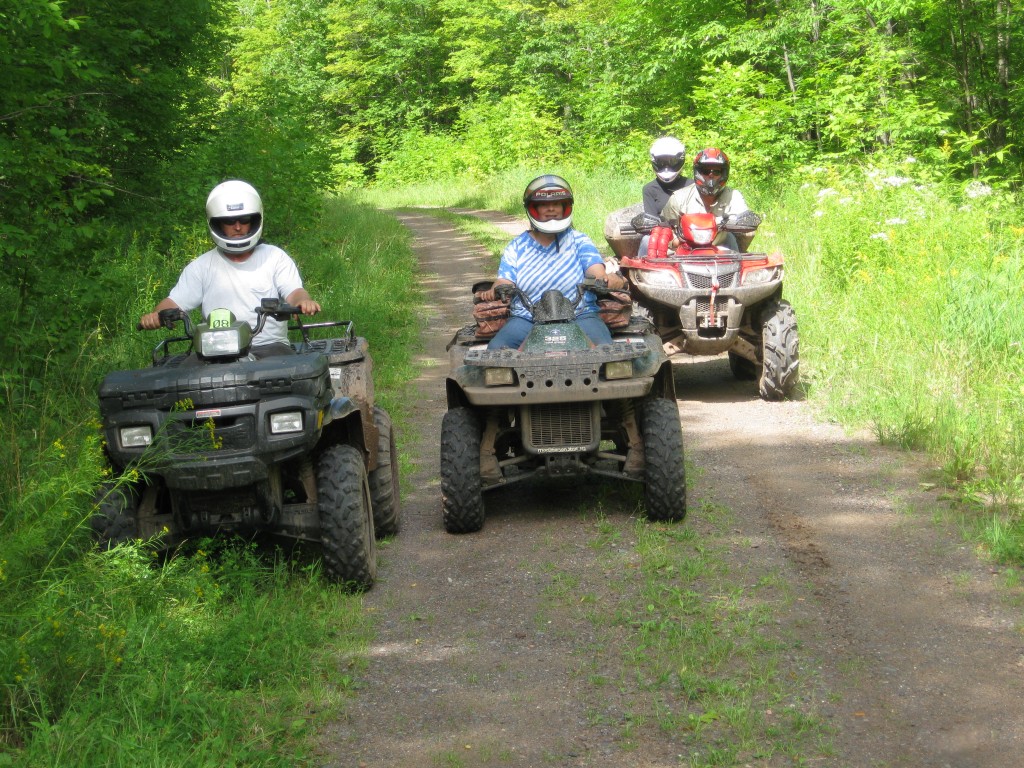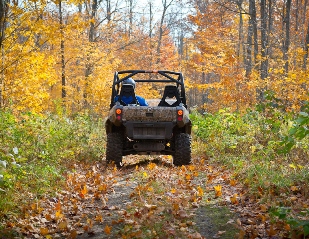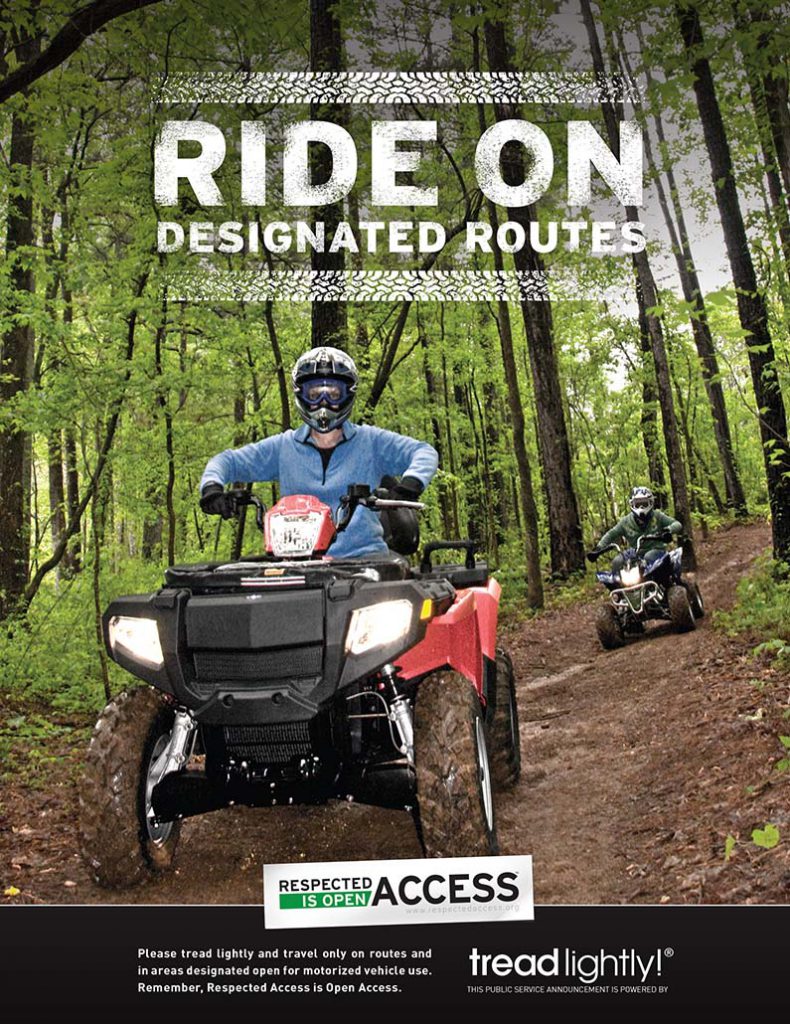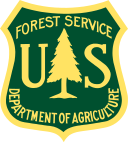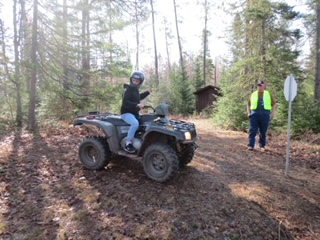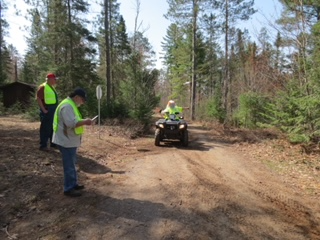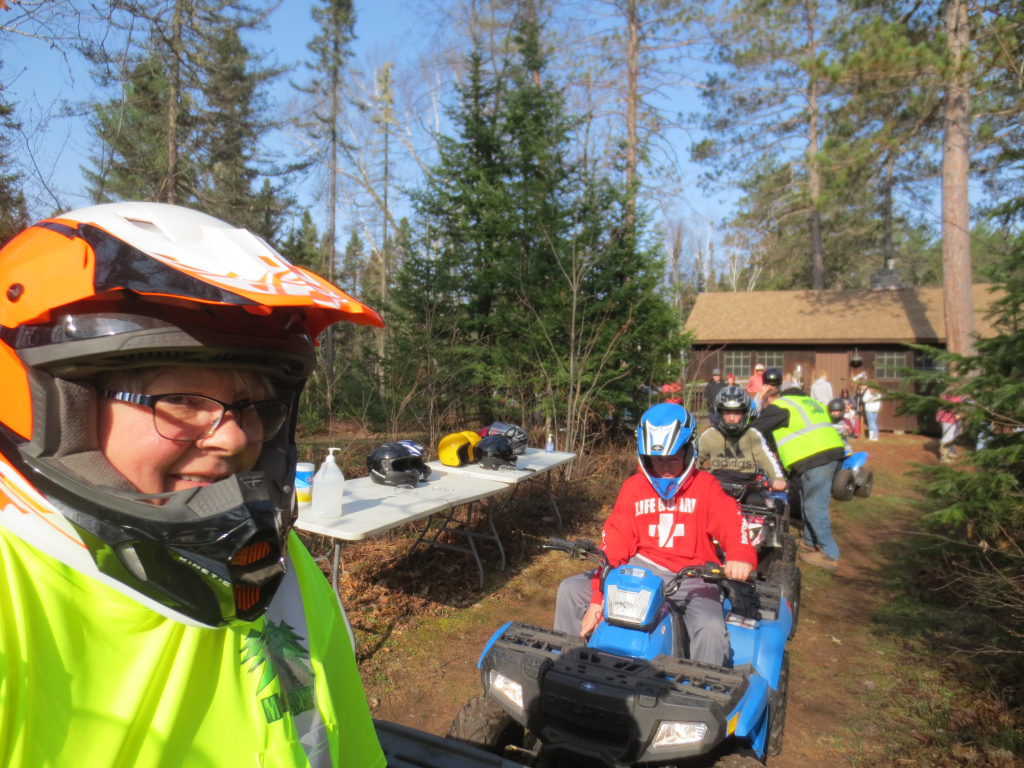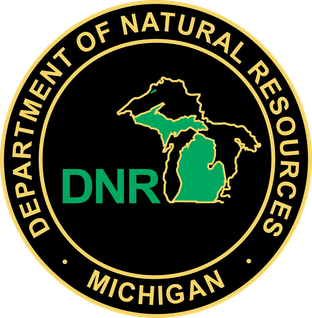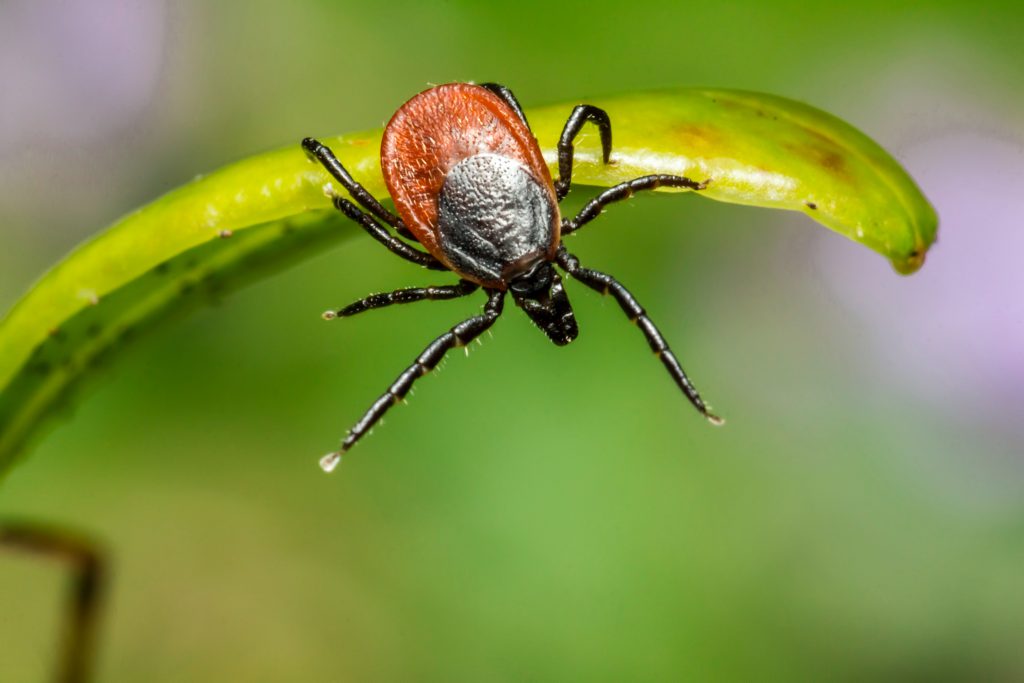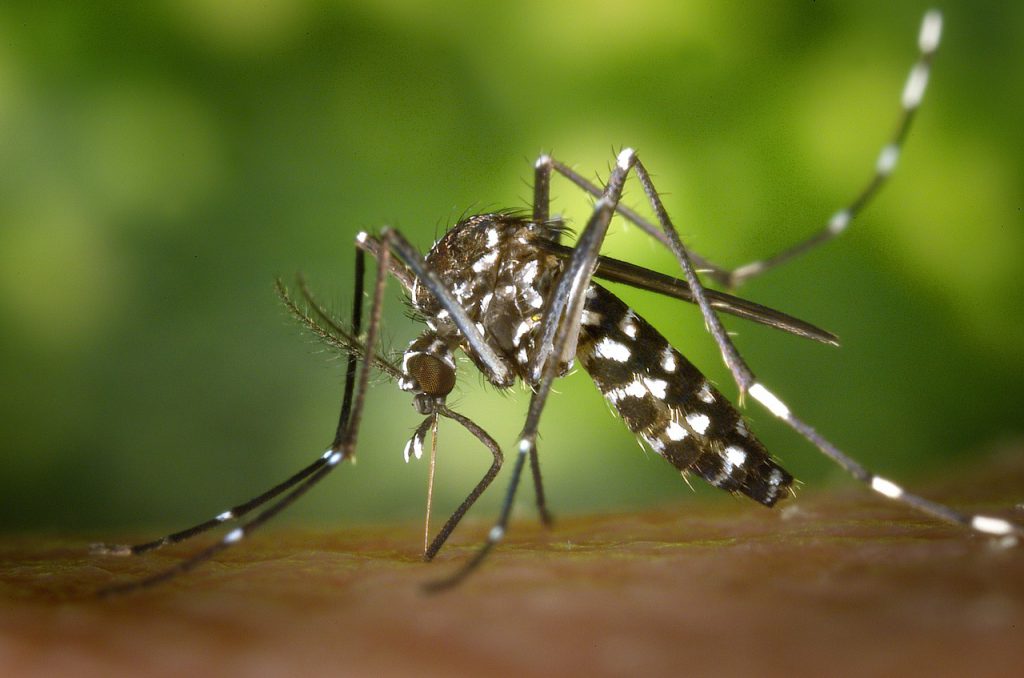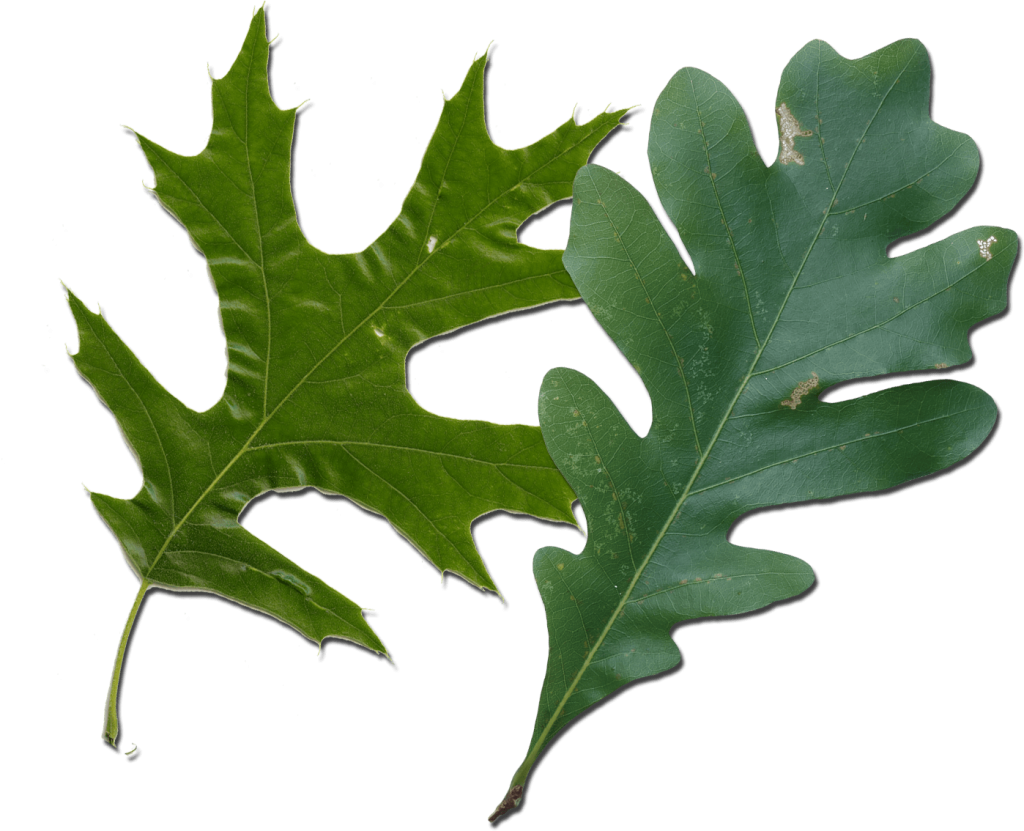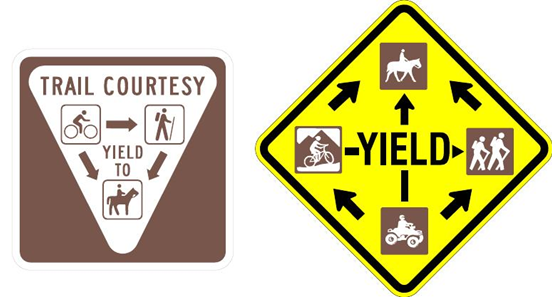Just a reminder as the recreation sports change from snow to dirt. ORV Highway right-of-ways (ROW) are closed until May 1 this is where the trail runs legally on the side of Highways, MI-TRALE has several ROW’s LL Route in the town of Watersmeet by the Casino on US45, LL Route in the town of Paulding on US45, ES Route south of Lake Gogebic on US2, OR & NR Route in the town of Ontonagon along M64 and the P Trail in the town of Bergland along M28.
Ottawa National Forest has seasonal roads which are closed until May 16 this includes P Trail north of the town of Bergalnd & LL Route in in Paulding through the woods. Use the Ottawa National Forest MVUM maps or our free map app Michigan UP Trails, you can touch the trails to find the seasonal designation


 A friendly reminder to off-road vehicle operators to keep it safe while riding this holiday weekend and into the colder seasons.“Conservation officers see an increase in riders during holidays and on the weekends. Please keep the extra traffic in mind when you’re taking a turn and going over a hill,” said the DNR’s Cpl. Mike Hearn. “ORV accidents often happen when people get caught up in the moment of riding and keep increasing their speed, aren’t familiar with the terrain or their machines capabilities, or take a turn, hill or jump too fast without knowing what’s on the other side.”Speed and rider inexperience are the primary contributing factors for ORV accidents, serious injuries and death. Make sure to
A friendly reminder to off-road vehicle operators to keep it safe while riding this holiday weekend and into the colder seasons.“Conservation officers see an increase in riders during holidays and on the weekends. Please keep the extra traffic in mind when you’re taking a turn and going over a hill,” said the DNR’s Cpl. Mike Hearn. “ORV accidents often happen when people get caught up in the moment of riding and keep increasing their speed, aren’t familiar with the terrain or their machines capabilities, or take a turn, hill or jump too fast without knowing what’s on the other side.”Speed and rider inexperience are the primary contributing factors for ORV accidents, serious injuries and death. Make sure to 